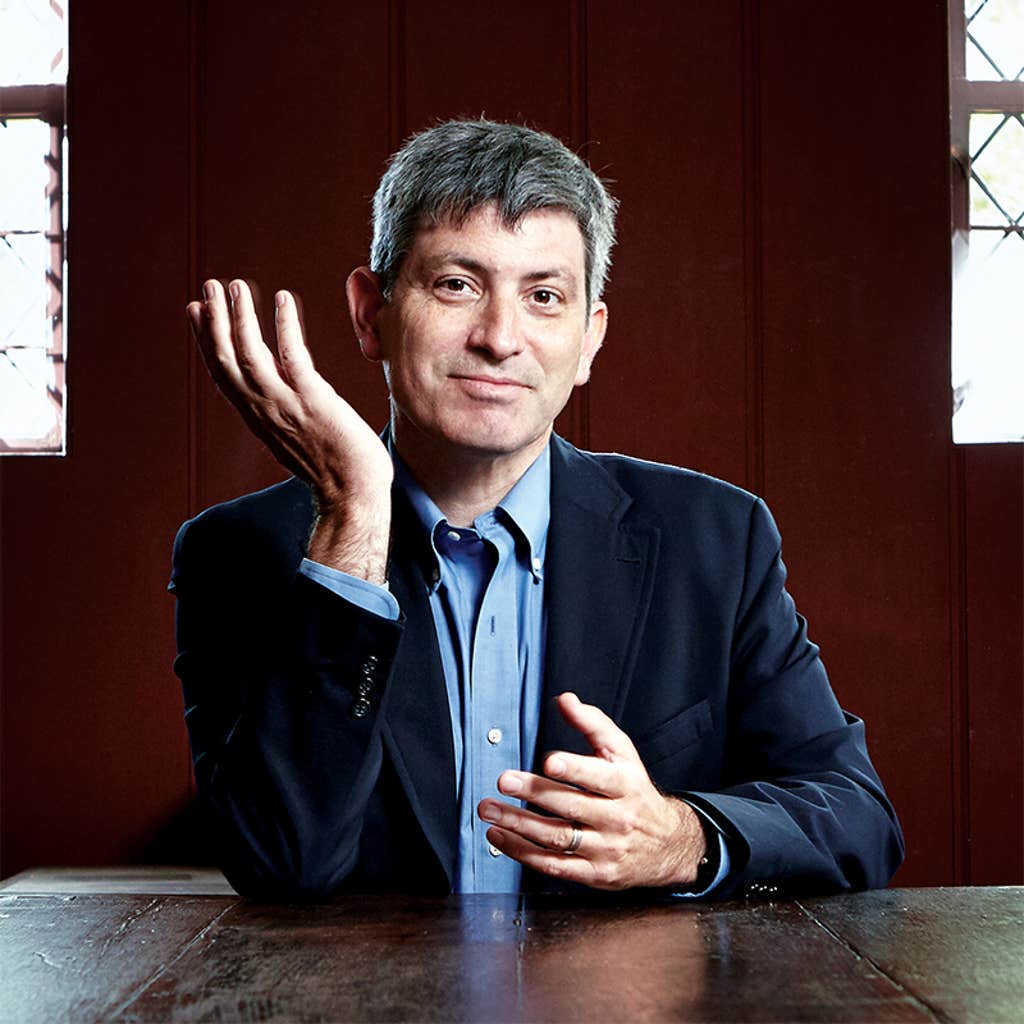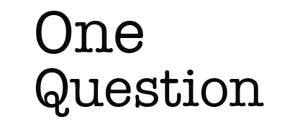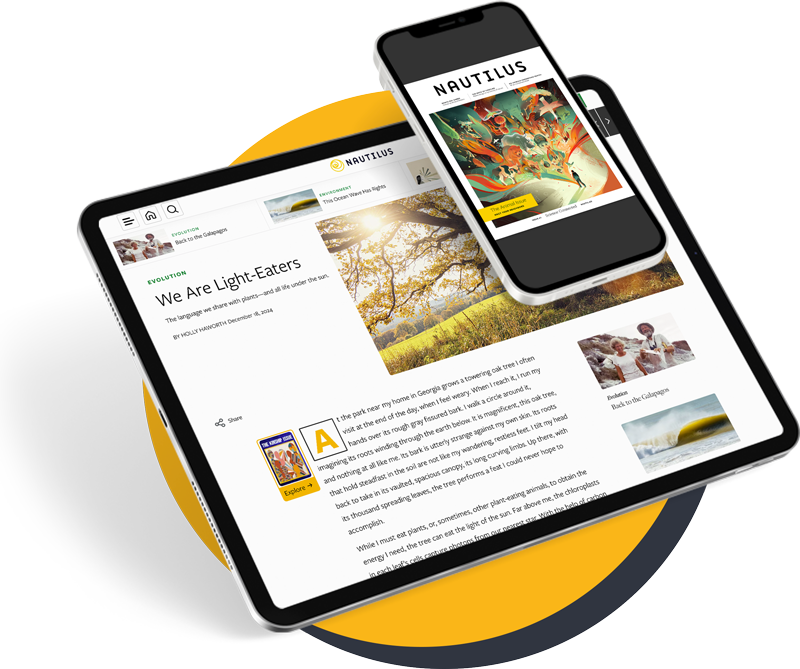Air is fundamental to human existence. But for most of history, humans have not fully understood the nature of this essential substance: that it is also a habitat teeming with invisible life. With every breath, we may take into our own bodies thousands of pieces of life—viruses, bacteria, pollen, fungi, even algae from distant oceans.
Understanding this atmospheric kingdom of life took on stark urgency with the onset of the COVID-19 pandemic—an urgency that only grows as new threats like bird flu and other novel viruses emerge from around the globe. Aerobiology is the name of the field of study dedicated to this kingdom, and also the subject of a new book by science journalist and author Carl Zimmer, Air-Borne; the Hidden History of the Life We Breathe.
Zimmer’s book tells the story of how aerobiology evolved from a thing of superstition to one of the most important—yet barely understood—scientific fields of our day. Along the way, he offers a tour of the creatures who make their homes in the air we breathe. While Zimmer has produced over a dozen acclaimed books on various aspects of science, Air-Borne may be his most pressing yet in terms of the subject’s potential to impact human life.
We talked to Zimmer about the earliest studies of the aerobiome, historical approaches to pandemic readiness, and how learning about the creatures who live in the air around us has changed the way he moves through the world.

What is aerobiology and why do we need to know about it?
When people look up in the air, they may see a hawk soaring overhead, or maybe a samara flittering down from a maple tree. And they may think that’s pretty much all the life there is in the sky. But they couldn’t be more wrong.
The atmosphere is like an overhead ocean, filled with its own vast menagerie, known as the aerobiome. Swarms of insects, both giant and invisible from the ground, migrate for hundreds of miles. In a 2024 study, researchers determined that 9 trillion insects pass over a few hundred square miles of China every year. Spores of moss and fungi cross oceans. Bacteria and viruses rise from ocean waves and forest canopies. They can float up into the upper atmosphere. Even the clouds are alive.
In all the history of aerobiology you lay out, is there any moment that you found particularly surprising?
I was shocked at how many scientific advances took place nearly a century ago, in the 1930s. A plant pathologist named Fred Meier flew in planes to catch life and even used a stratospheric balloon to find spores at the edge of space. The husband-and-wife team of William and Mildred Wells carried out experiments that demonstrated we can exhale germs that can float long distances, and other people can inhale them and get sick. In 1937, Meier gave this science its name, coining the word aerobiology. But Meier died tragically on an aerobiological expedition shortly after that, and the Wells sank into their own obscurity. We are still rediscovering their insights today.
Reading your book I was struck by how recently we were able to verify that illness can actually be transmitted via the air.
Many experts simply didn’t take airborne transmission very seriously before Covid. After William and Mildred Wells did pioneering work in the 1930s, their theories went largely ignored in the decades that followed. When a few scientists rediscovered the Wells in the early 2000s, they faced immense skepticism, and they struggled to find clear-cut proof that would sway other scientists. So at the start of the Covid pandemic in 2020, public health authorities like the World Health Organization explicitly said that Covid was not airborne. It took a lot of observations, research, and arguments to shift the consensus.
Aerobiology is one of the best demonstrations of the weird, twisted journey science can take.
Why has our ability to prepare adequately for pandemics fallen so far short?
Americans can be proud of the United States scientists who made crucial discoveries about emerging diseases and the public health authorities who used that knowledge to protect us from sickness and death. But the way we have prepared for pandemics has suffered from some deep flaws.
In some ways, American public health mimics a military defense against enemy nations. I argue in Air-Borne that this is due in part to the biological warfare effort that the U.S. government started in World War II. It seized on the early work of aerobiologists like Meier and Wells and used it to design airborne biological weapons—bombs full of anthrax, viruses, and wheat-killing fungi.
After the war, the country continued to prepare for germ warfare—not just with weapons of their own, but with defenses against Soviet attack. The Centers for Disease Control directed much of its efforts to these preparations, looking for the subtle early signs of an assault. We still treat pandemics like assaults on the country—as a matter of biodefense, rather than as public health. We spend many billions on building stockpiles of masks and antivirals, and creating surveillance systems that focus on stopping people coming in from other countries.
Meanwhile the country has neglected local public health systems and health care providers that actually care for people and can help local communities protect themselves from pandemics—and other threats to their health.
George W. Bush was one of the first presidents to take the danger of a pandemic seriously, but the responses of American presidents to this threat since then have varied widely. What are your thoughts on these differing approaches?
President Bush certainly deserves credit for recognizing the threat of pandemics, and President Obama also deserves credit for responding to the 2009 influenza pandemic and other disease crises like the Ebola epidemic in West Africa. But their preparations for future pandemics were inadequate.
The planning that President Bush launched focused mostly on influenza, giving relatively little attention to other diseases that might sweep across the nation. And even when it came to the flu, the U.S. acknowledged that they really didn’t know how it spread—but then put in practically no effort to find out. So when a coronavirus showed up that could spread asymptomatically through the air, the country responded by turning to an old, misleading playbook.
As for the vaunted stockpile that would protect us from pandemics—Obama dipped into it for the 2009 influenza pandemic but failed to replenish it in the years that followed. Trump came into office displaying little interest in the threat of pandemics and let the stockpiles continue to suffer. As a result, nurses and doctors were left to desperately scramble to find masks and other personal protective equipment early in the pandemic.
There’s something about the air that makes it hard for people to recognize the life that floats through it.
The Biden administration revived pandemic planning and recognized the importance of healthy air to protecting people against diseases. But a lot of what they did was lip service rather than firm action. U.S. building codes do not include any requirements for using ventilation or other means to reduce the risk of airborne infection.
At the moment, Trump’s second administration is far too chaotic for me to come to any firm conclusions about how they are going to prepare for pandemics—if at all. The one clear measure they’ve taken is pulling out of the World Health Organization. That does not make the U.S. any better at preparing for pandemics and may well make us even less prepared. When new pandemics arise, they do not respect international borders.
And if the next pandemic is highly airborne, we will have to deal with that reality rather than pretend it doesn’t exist because we don’t like it. Otherwise, a lot of people will needlessly die.
What do you think the story of aerobiology says about the scientific process?
We like to imagine that science travels down a simple path from ignorance to enlightenment. But that’s not how it goes—and aerobiology is one of the best demonstrations of the weird, twisted journey science can take. Today, in hindsight, we can recognize that some scientists figured out some of the crucial elements of aerobiology as far back as 200 years ago. And then we can see how, over and over again, those pioneers were dismissed, rejected, mocked, and ignored. It’s not that their opponents were stupid. Many of them were brilliant and did great work of their own. But there’s something about the air that makes it hard for people to recognize the importance of the life that floats through it.
Has your extensive research into aerobiology changed how you view the world?
Certainly. The world is a little more visible to me, I’d say. If I get on a plane, I feel more aware of the flow of fresh air into the cabin until the doors seal shut. Until the plane takes off and starts up its ventilation, I am very aware that the air is now flowing into the lungs of the people on board and then coming out with plenty of living things.
But I’m also more aware of life in the air when I’m outside—the marvelous zoo of seeds and spores, of pollen grains and swarms of insects, of viruses and bacteria from other continents and other oceans. Our ancestors have been breathing in that living air ever since they clambered out of the water and came on shore. So I take a breath, as part of the atmospheric ocean. ![]()
Lead image: 32 pixels / Shutterstock





























